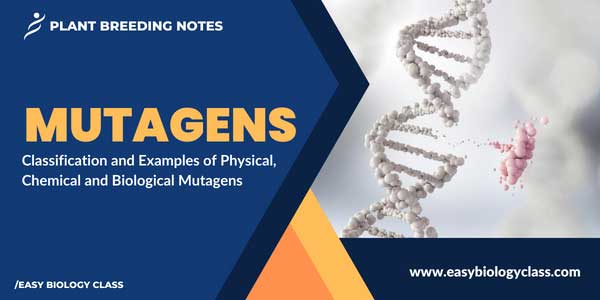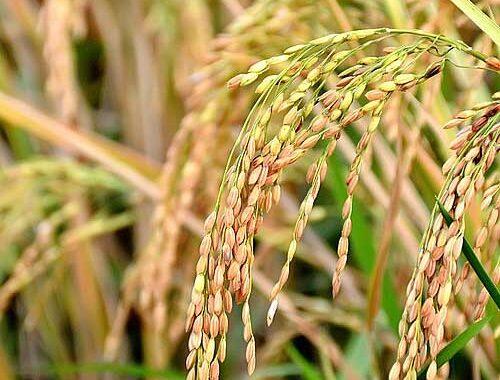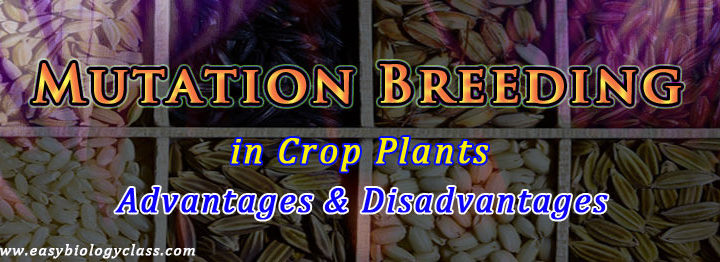Mutagen is any agent that causes genetic mutations, which are changes in an organism’s DNA sequence. Mutations can occur naturally or as a result of exposure to various mutagens such as chemicals, radiation, and viruses. Mutations can have a variety of effects on an organism. Understanding mutagens and their effects […]
Continue ReadingTag Archives: Plant Breeding
Difference between Vertical and Horizontal Resistance
The defense mechanisms employed by plants against diseases are frequently chemical in origin. These resistance mechanisms could be induced or naturally present. The host plant tissues have built-in defense systems before they come into touch with pathogens. There are two different categories of disease resistance in plants namely (1) Vertical […]
Continue ReadingWhat is Plant Introduction?
Plant introduction is the process of bringing plant species or varieties from one geographical location or ecological zone to another for the purpose of studying, evaluating, and potentially using them in agriculture, horticulture, or other industries. Plant introduction has been an important tool for plant breeding and crop improvement. It […]
Continue ReadingGamma Gardens for Mutation Breeding and Crop Improvement
Gamma garden or Atomic garden is a concept popularized after the Word War 2 for the peaceful use of atomic energy (atoms for peace) for the crop improvement. They are a type of induced mutation breeding where radioactive sources particularly gamma rays from cobalt -60 or Caesium-137 are used to […]
Continue ReadingMutation Breeding Technique in Plant Breeding
Mutation breeding is a type of plant breeding technique that involves exposing plants to radiation or chemicals in order to induce mutations in their genetic material. This process can create new genetic variations that can potentially result in desirable traits such as improved yield, disease resistance, and enhanced nutritional value. […]
Continue Reading




